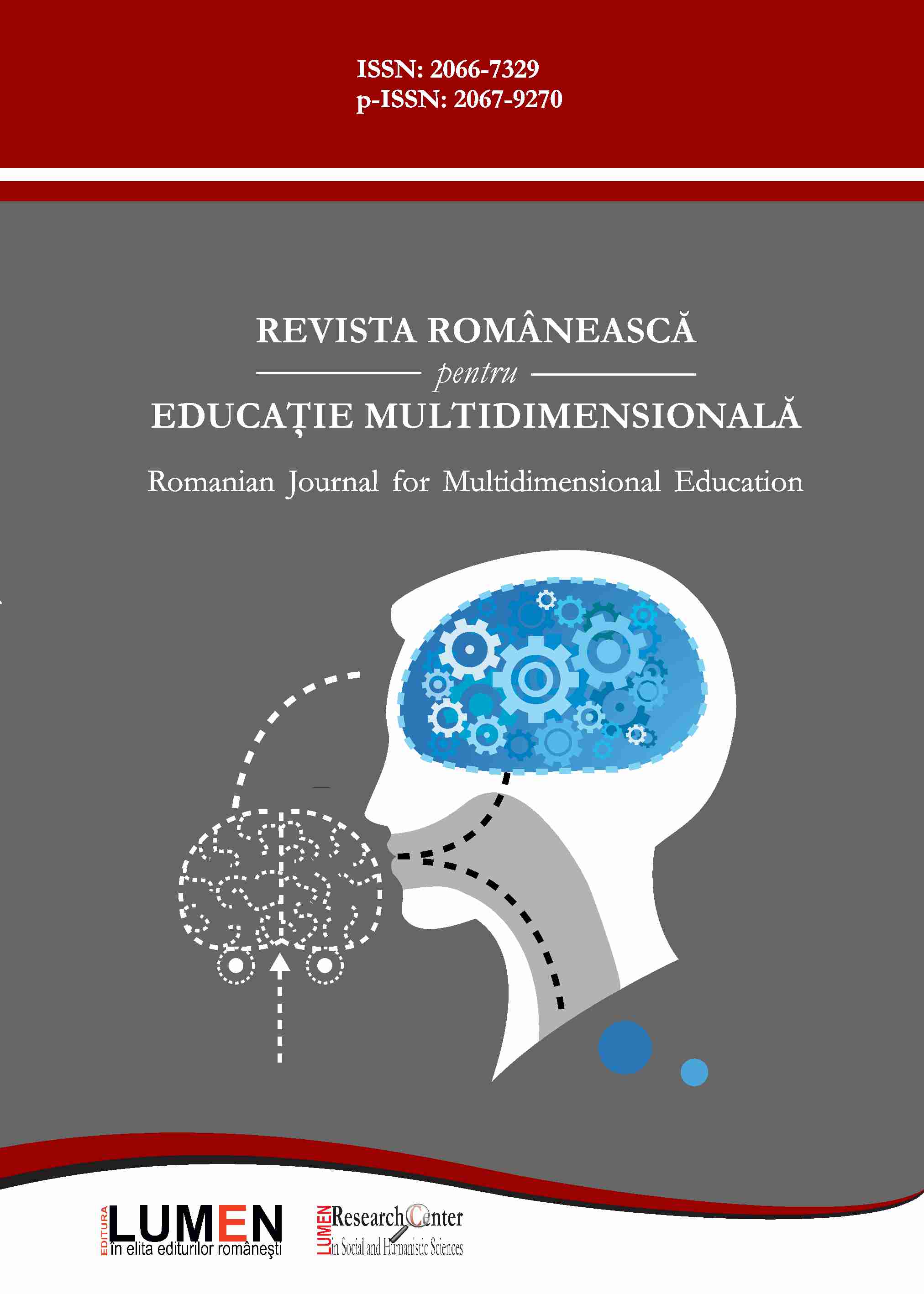Study on the Contribution of the Dancesport in Enhancing the Quality of Life in Visually Impaired Children
Study on the Contribution of the Dancesport in Enhancing the Quality of Life in Visually Impaired Children
Author(s): Valentin Claudiu Luca, Liliana MihăilescuSubject(s): Social Sciences, Education, Developmental Psychology, Personality Psychology, Sports Studies
Published by: Editura Lumen, Asociatia Lumen
Keywords: dance sport; visual impairment; bio-motor tests; psychological development;
Summary/Abstract: This study aims at providing scientific arguments regarding the dancesport contribution in enhancing the quality of life of visually impaired children. Thus, a series of bio-motor tests and assessments (push-ups, squats, sit-ups, back extensions, trunk flexion while sitting and the Matorin test), psychological assessments (the Anxiety Test and the Coopersmith Self-Esteem Inventory Test), as well as a series of anthropometric measurements (height, weight and arm span) and postural observations were performed on 30 pupils attending the Special Secondary School for the Visually Impaired in Bucharest (RO: Şcoala Gimnazială Specială pentru Deficienţi de Vedere). 15 of them attended the dancesport classes organised at school for one year.At the end of this period, the previously applied tests and performed measures were taken again, and the initial and final results were compared, while analysing the impact that the implementation of the elaborated teaching strategy had on the experimental group compared to the control group. In order to check the statistical significance between the initial testing and the final one, the Wilcoxon test and the Student’s T-test were employed. Thus, the conclusion could be drawn that attending the dancesport classes had a major influence on the visually impaired pupils’ bio-motor and psychological evolution, since statistically significant differences were recorded in most of the applied tests and assessments. The differences encountered in the control group were much smaller, and statistically and mathematically non-significant.
Journal: Revista Românească pentru Educaţie Multidimensională
- Issue Year: 14/2022
- Issue No: 3
- Page Range: 301-324
- Page Count: 24
- Language: English

